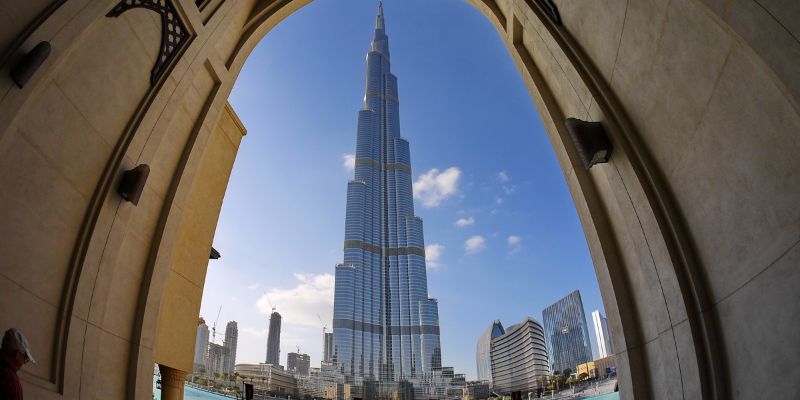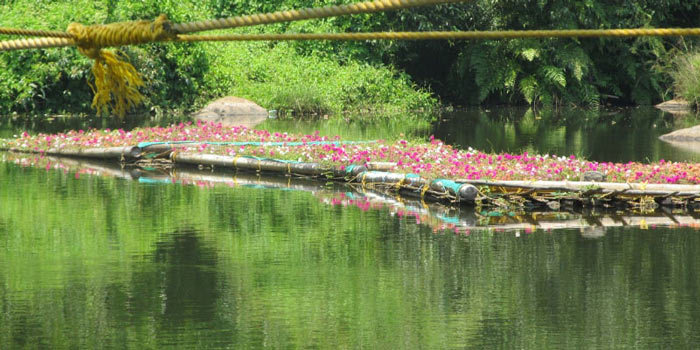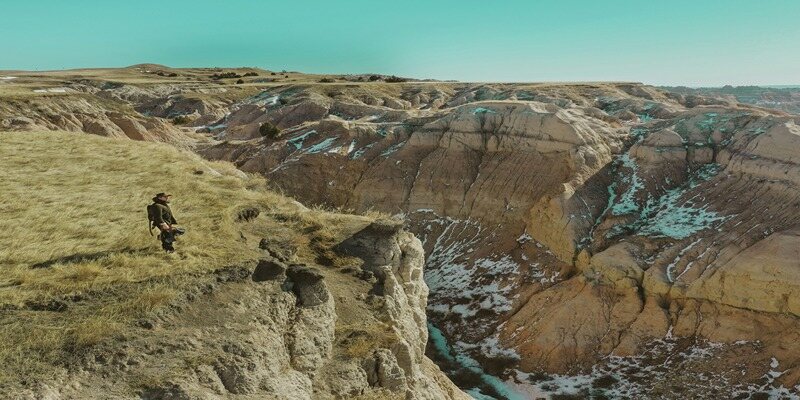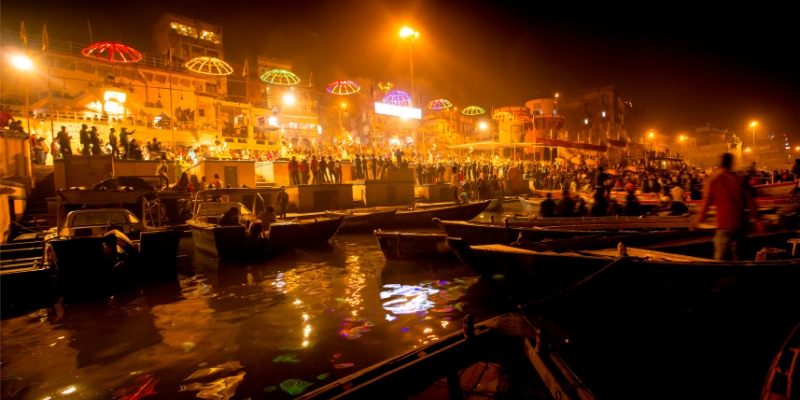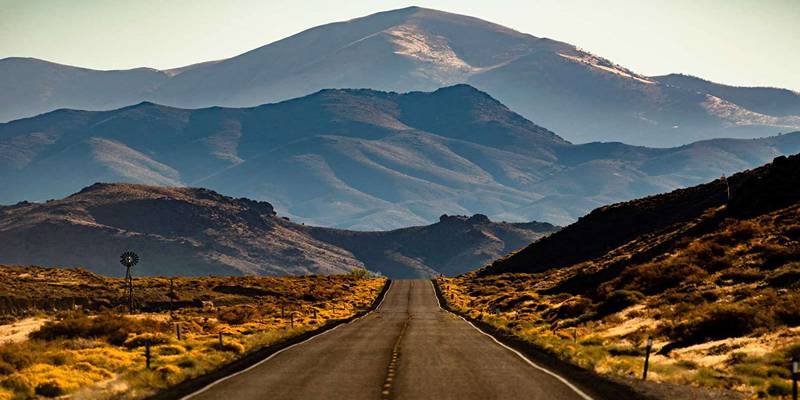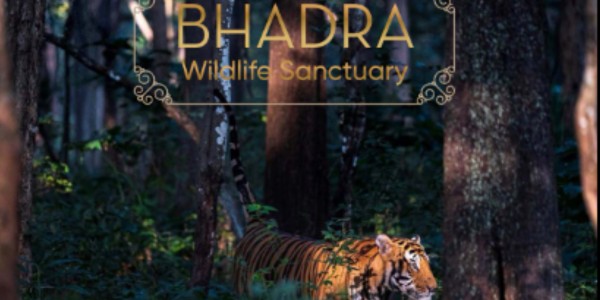Seeing the Aurora Borealis - also known as the Northern Lights - has been a lifelong dream for many travelers around the world. Different cultures have different myths associated with this awe-inspiring natural phenomenon, but one thing remains unchanged: its breathtaking beauty. Sweden is a prime destination to witness this natural wonder in all its glory, and being prepared beforehand will make your journey unforgettable and hassle free. In this blog post, we'll provide you with everything you need to know prior to embarking on an adventure of a lifetime - our comprehensive guide will help make sure your Northern Lights experience in Sweden lives up to expectations!
Understanding the Northern Lights
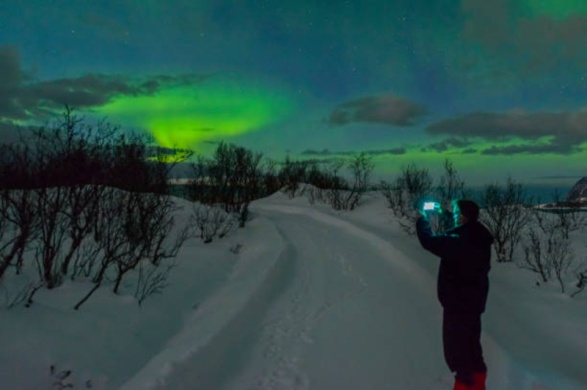
The Northern Lights is a natural phenomenon caused by charged particles from the sun colliding with gases in the Earth's atmosphere, and its colours - usually seen as patches of green and pink-purple - are created when oxygen or nitrogen interacts with the particles. It can be found in many places around the world but is most commonly seen in Sweden during winter months (September to April). The best time to observe the Northern Lights is when skies are clear and dark; it can be easily missed under bright or hazy conditions.
Cultural significance of Northern Lights in Swedish folklore and mythology
The Northern Lights have held an important place in Swedish mythology and folklore for centuries. It is believed that the lights were created by powerful gods who rode through the night sky on horses, and some even say that they can hear their voices in the wind.
In Sami culture - the indigenous people of Sweden - the northern lights are seen as a protective force, watching over their people and guiding them through difficult times. This unique connection to the lights has allowed Sami folk stories to be passed down and shared for generations.
In modern day Sweden, the Northern Lights are still revered; many consider it a lucky omen if they're able to witness this magical show of colour in the night sky.
Best Time to See the Northern Lights in Sweden
The Northern Lights can be seen in Sweden throughout the winter months, but the best time to catch a glimpse is between November and March. It's important to note that the lights are most visible during periods of little or no cloud cover, so if you're hoping for a clear view you should plan your visit around moonless nights.
Timing your visit around the solar cycle is also important - during periods of low solar activity you're more likely to see a vivid display of colour, so try to plan your visit for a time when the solar cycle is at its lowest.
Top Locations for Viewing the Northern Lights in Sweden

If you're looking for the perfect spot in Sweden to witness this incredible natural phenomenon, then here are some of the top locations you should consider:
- Abisko National Park: Located in Northern Sweden, Abisko is renowned as one of the best places to view the northern lights. Its high elevation and low light pollution make it an ideal spot for stargazing.
- Swedish Lapland: The region of Sweden closest to the Arctic Circle is also one of the best spots to see the lights. Here you can find picturesque snow-covered forests, icy fjords and stunning views of the northern lights in all their glory.
- Kiruna: This small town in Northern Sweden is a great place to visit if you're hoping for a chance to see the lights. Its remote location and clear skies make it an ideal spot for viewing the aurora borealis.
- Jukkasjärvi: This small village in Swedish Lapland is home to the famous Icehotel, and it's also one of the best places to see the northern lights. The remote location ensures minimal light pollution, allowing for clear views of the sky.
Advice on arranging travel and accommodation when chasing the northern lights in Sweden
When it comes to travel and accommodation, the best option is usually a guided tour. This will allow you to experience the lights in an organised way, and also gives you access to professional photographers who can help you get the perfect shot. If you prefer a more independent approach, some of Sweden's larger cities offer hotels and hostels close to good viewing spots.
Another important factor to consider is the weather. The northern lights are only visible when there's clear skies and low levels of cloud cover, so make sure you check the forecast before heading out.
Basic tips and techniques for capturing stunning images of the Northern Lights
If you're lucky enough to witness the northern lights, it's important that you make the most of the opportunity by taking some great photos. Here are a few tips and techniques:
- Use a tripod to ensure your camera stays still and stable for long exposures.
- Use low ISO settings to minimise digital noise in your pictures.
- Try different shutter speeds to capture different effects.
- Use a wide angle lens for full sky shots, and a telephoto lens for more detailed views.
- Utilise the stars in your photos by setting your camera's white balance to 'tungsten' or 'daylight'. This will ensure that they show up as bright points of light in your images.
- Experiment with light painting to add extra interest to your photos. Use a head torch or flash light to draw shapes in the sky, such as trees or stars.
- When possible, visit locations that have minimal light pollution and high levels of atmospheric moisture - this will help create more dramatic images.
- Invest in some specialised night photography equipment, such as a remote trigger or intervalometer. These devices will enable you to take long exposures without having to manually press the shutter button.
Conclusion:
The Northern Lights are a truly breathtaking natural phenomenon and one that should be experienced by everyone at least once in their lifetime. To make the most of your viewing opportunity, it's important to plan ahead and understand the best places to view them, as well as the basic techniques for capturing stunning photos. With some luck and patience, you'll soon have amazing images of this spectacular display that you can treasure forever.

